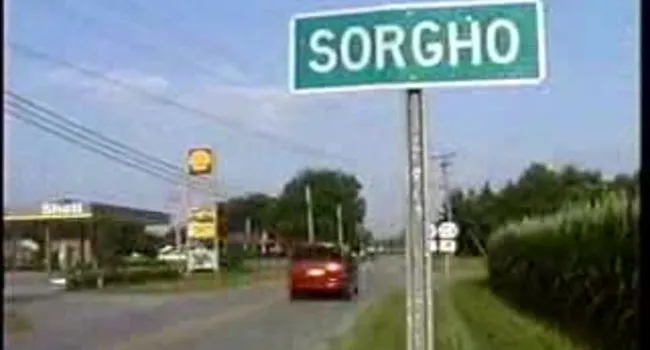Video Transcripts for:
- St. Mary Magdalene Parish Annual Picnic
- International Burgoo Cookoff
- More On The Parish Picnic
- Origins Of Burgoo
Kentucky Burgoo and Virginia Sheep Stew are unique among Southern stews in their use of mutton or lamb, hinting at the historical importance of sheep in Southern culture and diet. While western Kentucky burgoo recipes are distinguished by the inclusion of mutton, many of them include other meats - squirrel, veal, ox tail, beef, or pork - bringing to mind jokes told by stewmasters that refer to “possum or animals that got too close to the pot.”
While sheep are not commonly associated with the South, both the Spanish and English brought sheep to the New World during the earliest years of colonization. Early breeds like Native Florida and Hog Island survive today. Domestic sheep production increased dramatically in the Owensboro area after high tariffs on imported sheep were established in 1816. Both the topography and climate of western Kentucky were suited for the low-maintenance, grazing livestock. Able to survive off the most scant vegetation and capable of withstanding wide fluctuations in temperature, sheep were a natural fit.
The storytelling and banter during the long hours of stew preparation are keys to the strong social bonds that develop over a period of time. Kentuckians tell stories about the legendary Gus Jaubert, a member of Morgan’s Raiders during the Civil War, who supposedly prepared hundreds of gallons of the spicy hunter’s stew for the general’s men.
The origin of the term “burgoo” is nothing less than ambiguous. The term could be a corruption of the word “bulghur,” referring to a cereal porridge commonly fed to seventeenth-century English sailors, or a derivative of the arabic word “burghul,” which refers to boiled cracked wheat. Another possibility stems from the French term ragout, pronounced ra-GOO, which is a heavy soup or thick stew.
The veneration of elders who carry closely guarded knowledge pertaining to “secret ingredients” and special techniques is an essential part of the Burgoo tradition. The subsequent variety of burgoo recipes lends to a localized sense of pride and distinctiveness from community to community. This is readily apparent in the annual catholic parish picnic tradition. During the summer, throughout western Kentucky, dozens of churches cook hundreds of gallons of burgoo and thousands of pounds of barbecue. These picnics serve as fundraisers, homecomings, and community festivals. Most parishes have bumper stickers and signs proclaiming their barbecue and burgoo the region’s “finest.” Parish burgoo recipes are sources of community identity and pride. Like other stews, burgoo is communal by nature, not only in preparation, but in consumption. Through this sense of congregation, community stew makers come to identify with a particular tradition and proclaim a true sense of stew ownership.



